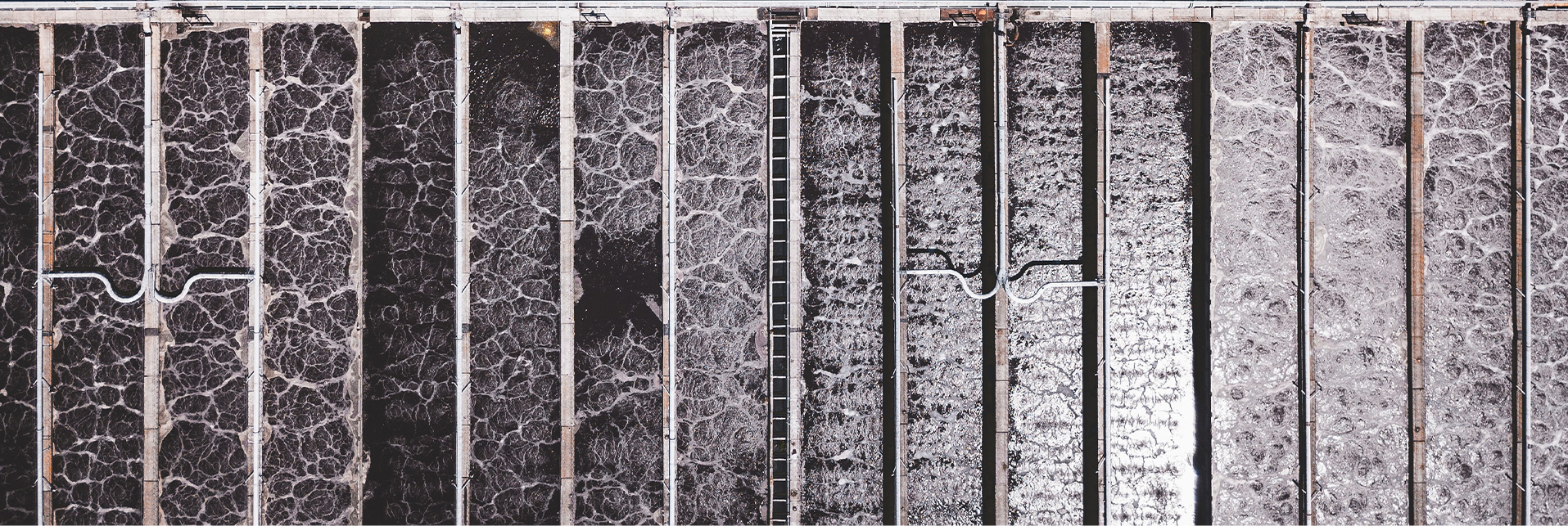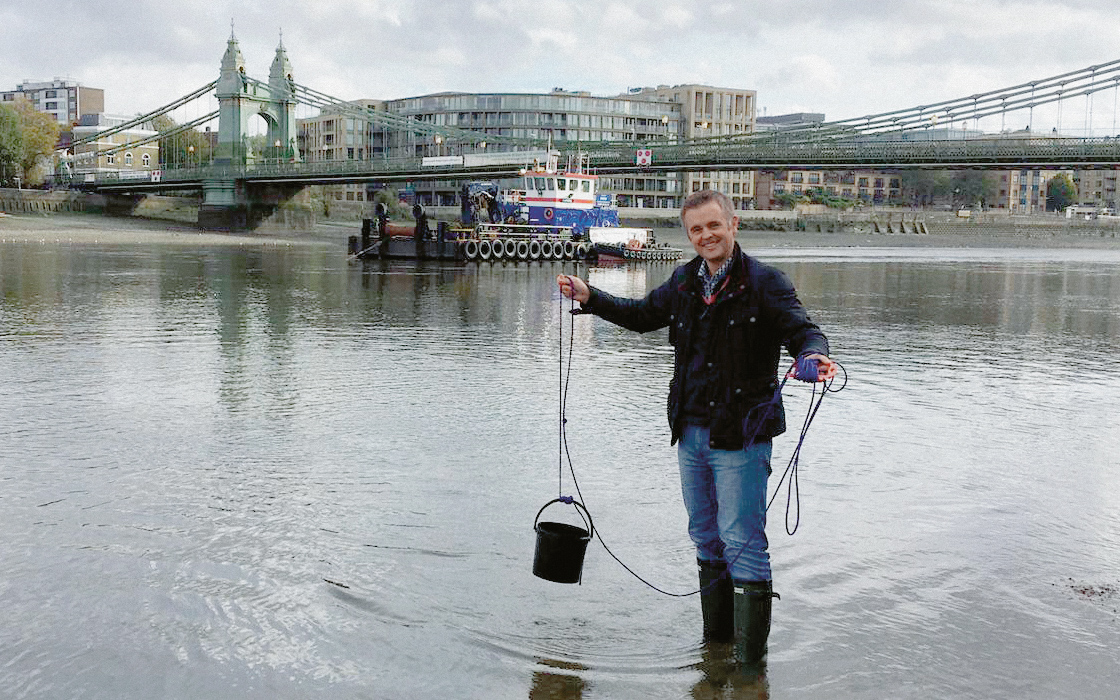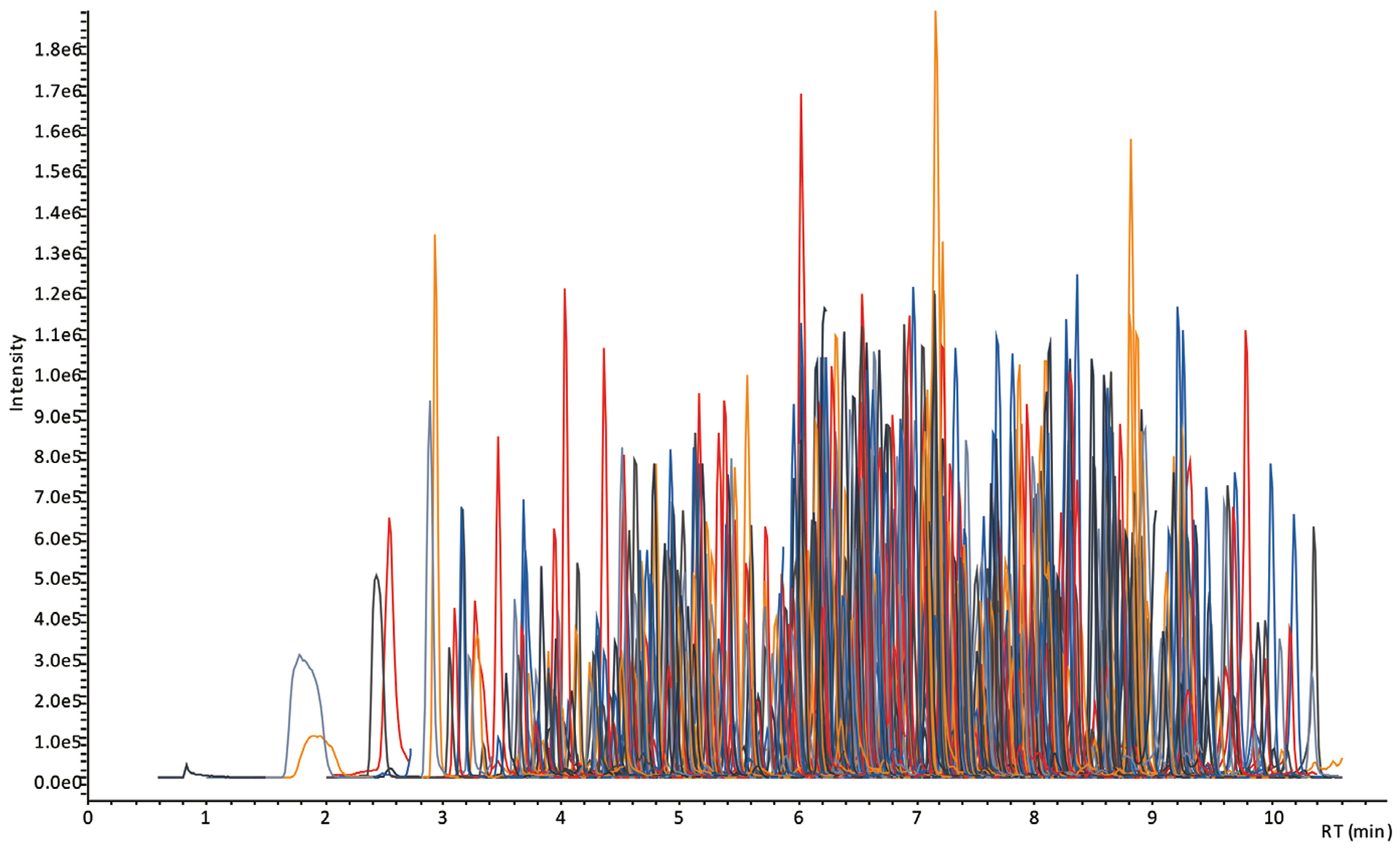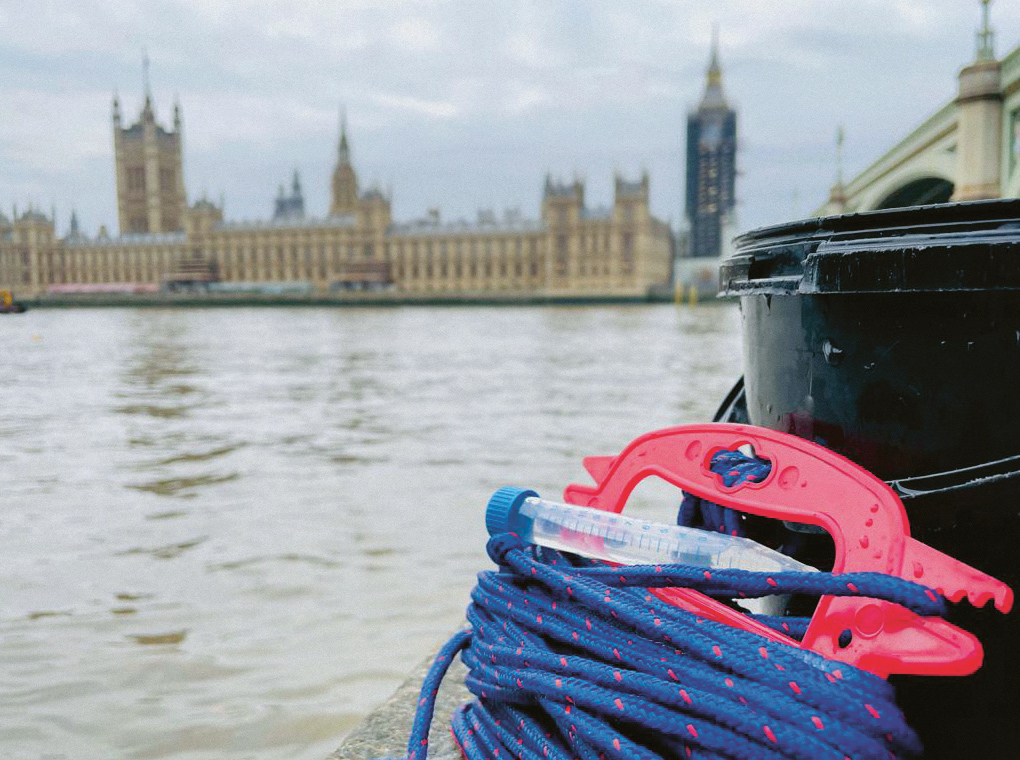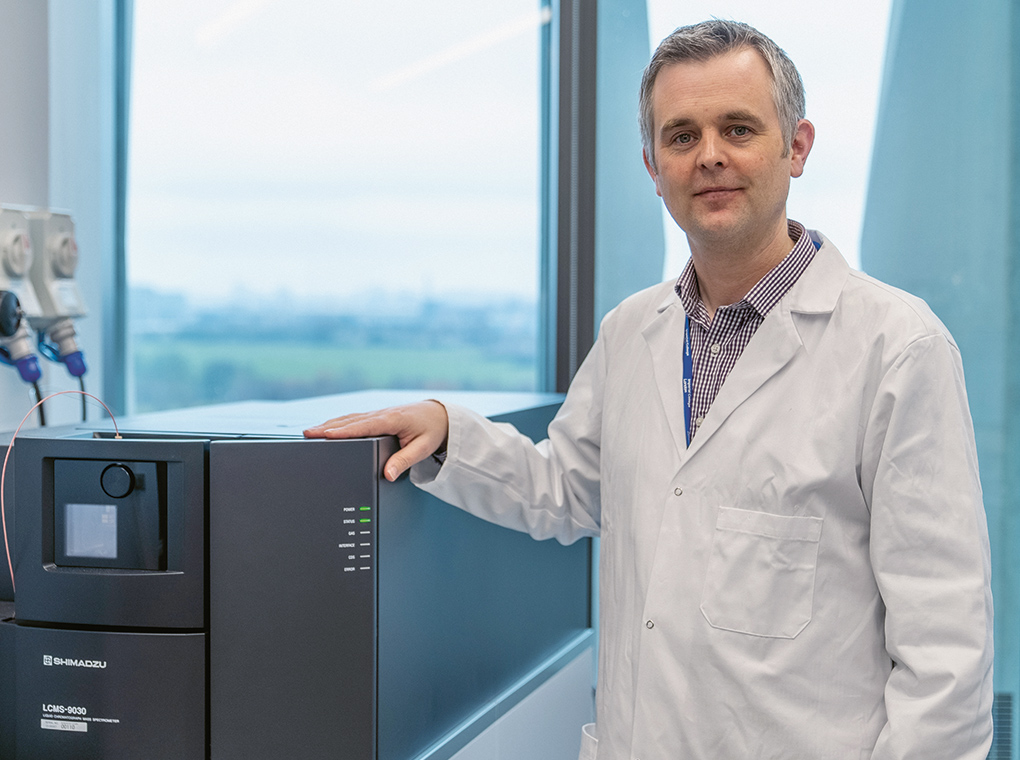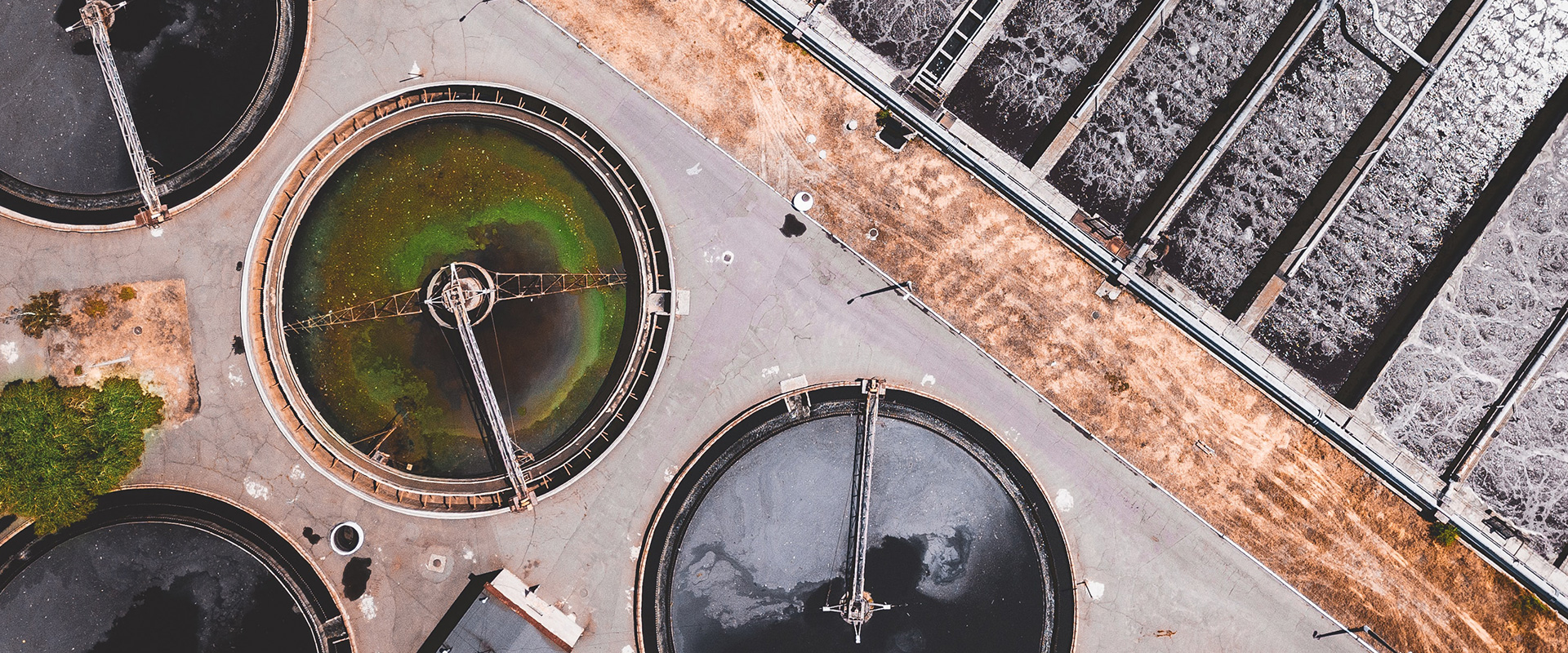
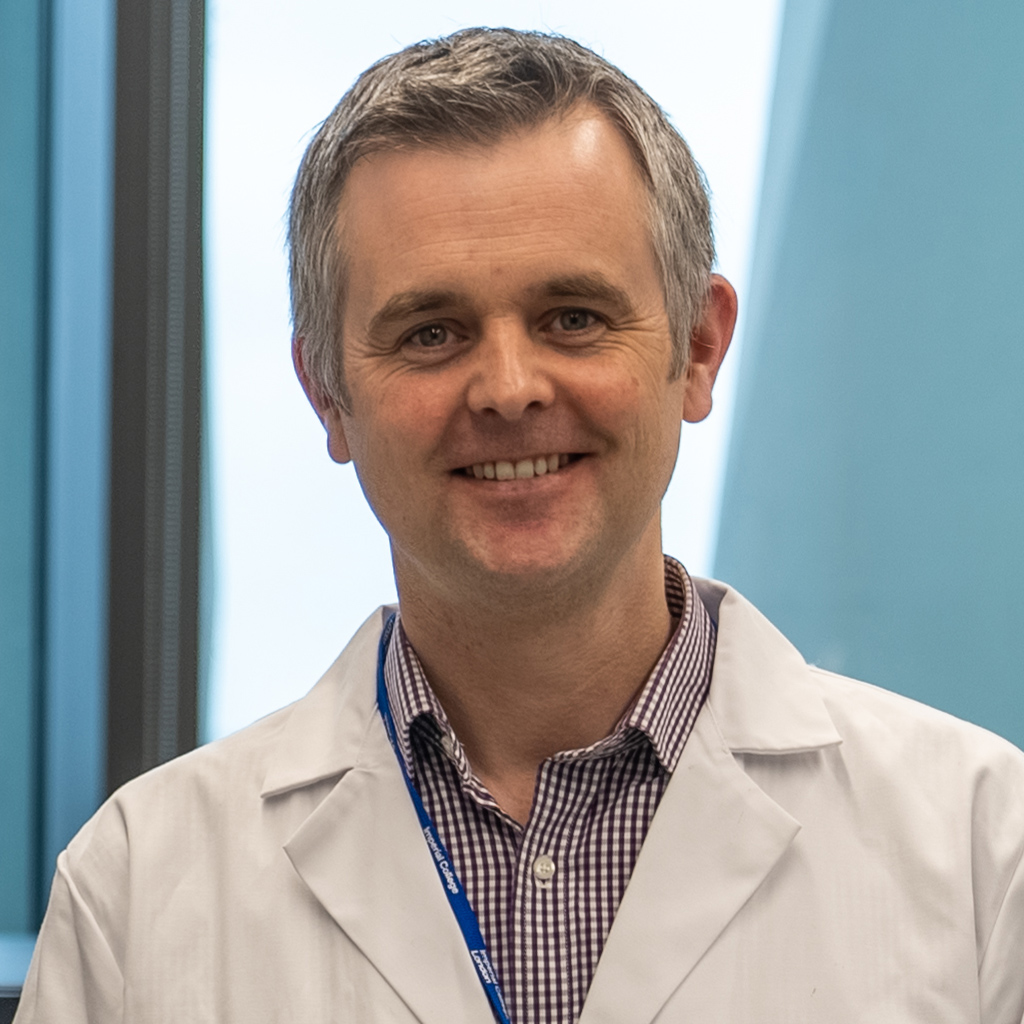
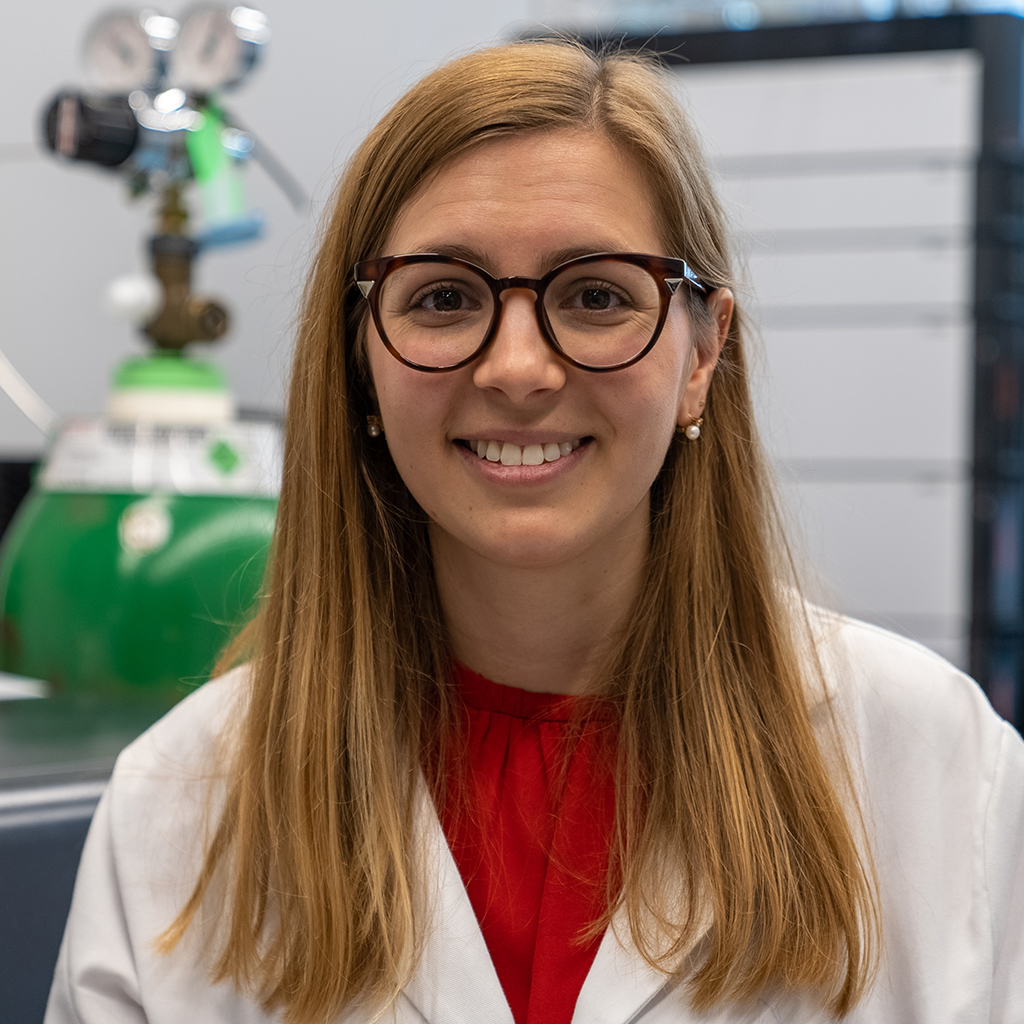
Emerging chemical contaminants: Water analysis moves up a gear
Emerging chemical contaminants: Water analysis moves up a gear
Rapid ppt-level monitoring of little-understood water-borne chemicals using LCMS
The issue of environmental pollutants has recently been in the spotlight and is set to receive more attention as the hazards that some chemicals pose to human and environmental health become clearer. We talk to Dr. Leon Barron and Dr. Helena Rapp Wright at Imperial College London about how they’re using Shimadzu’s LCMS-8060 and LCMS-9030 to conduct large-scale, rapid analyses of wastewater and river water, and how the insights they gain are contributing to a better understanding of the thousands of unregulated chemicals about which little is known – so-called “emerging chemical contaminants”.
Understanding the environmental burden of chemical pollutants
Dr. Leon Barron has had a lifelong passion for analytical chemistry: “I guess my enthusiasm for the subject was kindled when I was still at school and got a work placement in a lab, analyzing fertilizers. And although the equipment I’m using now is vastly superior to what I was using then, it’s essentially the same process – using analytical tools to get information from physical substances.”
And in his current role at Imperial College London, that information is playing a valuable role in helping to understand the effect that humans are having on the environment. “Using the equipment we’ve got, we’re looking to chemically profile water in unprecedented detail – including not just regulated chemicals on target lists, but to get a handle on everything that’s in the water, especially unregulated chemicals and those we know very little about,” he says. “All this is part of a drive to put a figure on how much these chemicals are contributing to the environmental burden of pollution, and by how much we’re exceeding the ‘planetary boundary’ for so-called ‘novel entities’, as defined by a team at Stockholm University back in 2009.”
Dr. Barron leads the Emerging Chemical Contaminants team at Imperial, which is one of nine teams forming the Environmental Research Group, itself part of the School of Public Health. This is a leading provider of air and water quality information in the UK and uses a range of approaches to determine the impacts of pollution, as well as supporting actions to mitigate those effects.
Dr. Barron arrived at Imperial in 2020, but he’s actually been doing this sort of work for over 20 years: “In fact, my very first research project, which I completed back in 2001, was about monitoring drinking water using ion chromatography, which I followed up with a Ph.D. on disinfectant byproducts. I’ve done quite a lot of different things in the interim – including work more on the forensic side at King’s College London – but by joining the team at Imperial and researching environmental pollutants again, I’ve come back full circle, really!”
Building a future-proofed lab at Imperial
As it happens, Dr. Barron didn’t so much join a team at Imperial as create one from scratch. “Here at Imperial, we got a great opportunity to build a new research group with a particular focus on chemical pollution. I have to say, it was the most exciting thing that I’ve done career-wise. We’ve basically designed a new home in a brand-new building at Imperial’s White City campus, including the offices and labs, then worked out what equipment we needed to future-proof our capability and staffed it too – I’m very proud of what we’ve achieved together.”
One of his staff members is Dr. Helena Rapp Wright, who knew Dr. Barron from her Masters work on forensics at King’s. Having arrived in 2021, she’s now settled in as one of 12 team members in the Barron lab and is one of the main users of the group’s Shimadzu LCMS equipment for analysis of organic chemicals in water.
The work that’s done using the Shimadzu kit is focused on so-called “chemicals of emerging concern”. Dr. Rapp Wright explains what these are: “New chemicals are constantly being registered for use, but in addition to these, there are tens or even hundreds of thousands of unregulated metabolites and transformation products that have been detected in the environment. The problem is that we simply don’t know very much about these chemicals – and because of the sheer number of them, we need really powerful tools to separate, identify, and quantify them.”
Maximizing sensitivity, robustness, and speed
“This is where the Shimadzu instrumentation comes in,” says Dr. Barron: “We have two Shimadzu LCMS-8060 systems, which we use for our routine target analyses and target research, and also we’ve recently acquired an LCMS-9030, which we’re using largely for suspect screening.”
He goes on to say how their systems deal with the challenges posed by their samples: “To achieve our research goals, we need sensitivity, robustness, and speed. And what’s great for us is that our 8060 and 9030 systems do brilliantly on all three.”
“On the sensitivity front, on both the 8060 and 9030, we can routinely get down to low nanograms per liter levels, equivalent to low ppt, which is vital for picking up on those really trace-level substances. This means we now routinely directly analyze only 10 µL of a filtered sample. Incidentally, that in turn has an effect on sample sizes required and in many cases does away with the need to keep liters-worth of samples stored frozen – we can fit thousands of samples in a single double-door freezer.”
“Robustness is another big issue for us, because we wanted to inject raw municipal wastewater, without any form of cleanup other than filtration. Most analysts would be horrified by that – but thanks to Shimadzu’s help with method setup, we’ve been doing it for nearly three years now … and we still have the same instruments!”
“But I guess the most important thing for our research capability is speed. On the 8060, for example, we’re using run times of just over 5 minutes, enabling us to run about 260 injections per day. Once you’ve factored-in quantitation in triplicate for 200 chemicals, plus matrix-matched calibration lines, that means we can deal with between 30 and 60 samples a day. This allows us to take lots of samples across a geographical area or a time period and so get really fine-grained information on the distribution of the chemicals we’re seeing.”
The team’s 9030 system has been running since October 2021 and has allowed them to extend the number of chemicals that they can detect. “Because it’s a QTOF (Quadrupole time-of-flight), it’s got the high-resolution mass capability needed for suspect screening”, explains Dr. Barron. “Currently we’re looking at about 1,200 compounds – and in a run time of about 17 minutes!”
Easy-to-use software for streamlined workflows
All this gives the team a vast quantity of information, so ease of data processing is really important for them too. Dr. Rapp Wright uses the systems daily and gives us her perspective: “We have so much data to get through, it could easily be the limiting step in analytical throughput. But the Shimadzu software really streamlines everything – the graphs are easy to understand and tell you exactly what you need to know. And as for the data explorer, I love the flagging system used in the library: I can set a signal-to-noise level at a particular threshold value, and the color-coding lets me know immediately if any samples don’t meet the detection criteria.”
The library of compounds that comes with the 9030 is vital for them, says Dr. Rapp Wright: “Shimadzu were great in creating for us an amazing library of MS data focused on the pharmaceuticals and pesticides that we’re primarily interested in,” she says. “Of course, as the scope of our projects continues to grow, we’ll want to expand this library even more, so it’s good to know that Shimadzu will be there to help us do that,” she points out.
And not only that, but having a seamless data flow between the Shimadzu instruments is vital for their work, she says: “They’re actually really interdependent on each other – so, for example, we often use the 8060 as a quick way to identify a point source of pollution or ingress of a chemical into an aquatic system. And then we run the 9030 to find out what else is there, and then some of those chemicals might be flagged up for quantitative monitoring back on the 8060. So it’s a constant feedback loop between these methods, allowing us to refine and improve the level of detail in our analyses.”
Easy-to-use software for streamlined workflows
All this gives the team a vast quantity of information, so ease of data processing is really important for them too. Dr. Rapp Wright uses the systems daily and gives us her perspective: “We have so much data to get through, it could easily be the limiting step in analytical throughput. But the Shimadzu software really streamlines everything – the graphs are easy to understand and tell you exactly what you need to know. And as for the data explorer, I love the flagging system used in the library: I can set a signal-to-noise level at a particular threshold value, and the color-coding lets me know immediately if any samples don’t meet the detection criteria.”
The library of compounds that comes with the 9030 is vital for them, says Dr. Rapp Wright: “Shimadzu were great in creating for us an amazing library of MS data focused on the pharmaceuticals and pesticides that we’re primarily interested in,” she says. “Of course, as the scope of our projects continues to grow, we’ll want to expand this library even more, so it’s good to know that Shimadzu will be there to help us do that,” she points out.
And not only that, but having a seamless data flow between the Shimadzu instruments is vital for their work, she says: “They’re actually really interdependent on each other – so, for example, we often use the 8060 as a quick way to identify a point source of pollution or ingress of a chemical into an aquatic system. And then we run the 9030 to find out what else is there, and then some of those chemicals might be flagged up for quantitative monitoring back on the 8060. So it’s a constant feedback loop between these methods, allowing us to refine and improve the level of detail in our analyses.”
Reliable technical support
And through the whole process – from lab configuration to method design and ongoing support – the Shimadzu team have been there, ready to help them.
Dr. Rapp Wright found the instrument on-boarding process for the 9030 very thorough: “As not everyone in the lab had used a QTOF before, we found it really useful that the team at Shimadzu went through the principles from the beginning. And when it came to the software, they processed some real-life samples for us, which was great because it gave us a clear example of what to expect in our day-to-day work”. Not only that, but when the training was over, they definitely weren’t left on their own: “If we had any questions, we’d get responses really quickly – whether by email, phone or Teams, we had answers within the hour!”
The same is true more generally, says Dr. Barron: “In our research, we’ve got to deliver a large number of sample analyses, so we’ve got to keep our instruments running pretty much 24/7. Where I’ve been particularly impressed with Shimadzu is the quality of their support, even during the pandemic. The overall responsiveness of the team all the way through has been brilliant.”
Reimagining achievable results with LCMS
So what about their results? Dr. Barron is keen to highlight the significance of what they’ve done: “Thanks to Shimadzu, we’ve absolutely slashed the run time and sample volume for this sort of analysis, which has allowed us to achieve the sample throughput needed for large-scale monitoring projects. For example, in some recent work, we monitored over 100 sampling sites on the River Thames, for over 200 chemicals of emerging concern every time, with all the samples and data analyzed on the 8060 to provide a risk assessment within a month. If you’d asked me a few years ago, I’d have said this wasn’t possible!”
Putting their work in perspective, he adds “I think it’s the first time anyone anywhere has taken an analytical method for hundreds of chemicals in raw wastewater and transitioned it from a research environment into being a tool for high-throughput monitoring, while keeping the injected sample volumes required in the low tens of microliters.”
And the data is great quality, too, says Dr. Rapp Wright: “Because we’re injecting the raw sample, we’re not losing analytes from our samples during the extraction process – so our calibration lines on our 8060 quant work are perfectly straight in most cases, with R2 values that are absolutely spot-on – and this is on a log–log plot across three orders of magnitude.”
Pushing the boundaries of suspect screening
And what of the future? Dr. Barron is enthusiastic: “One thing we’ve already done on the 8060 is to discriminate riverine or wastewater catchments from each other, based on multivariate analysis of their chemical content. But we haven’t extended it to high-resolution MS data yet, so I’d love to try that on the 9030 and see what extra insights we can gain.”
The team has also been working on integrating machine learning into the analytics workflow, helping them to streamline compound matching using not just the mass spectra, but also the chromatography. “One ongoing project is to use machine learning to predict retention times for unknown compounds using a variety of LC modes. By feeding that data into the compound-matching algorithm, we can reduce the list of potential matches by two-thirds, and so prioritize the reference materials we need to source.”
Such methods, he says, could dramatically change the range of compounds that could be routinely monitored: “Currently we can do about 1,200 chemicals for our suspect screening, but ideally we’d like to add a zero or two to that number to take account of transformation products, metabolites, and so on – and our Shimadzu equipment in conjunction with machine learning might just enable us to do that.”
LCMS: An essential tool for tackling emerging chemical contaminants
Taking a broader perspective on the team’s work, it’s clear that demand for this combination of subject expertise and analytical performance will continue to increase. Dr. Barron summarizes the state of play: “The issue of emerging chemical contaminants isn’t going away – in fact, polyfluorinated alkylated substances [PFAS] have been in the news very recently. So I think we’ll see a growing need for highly-resolved watercourse monitoring, working out routes of exposure, understanding the role of synergetic effects between chemicals, and much more besides.”
Until very recently, such capabilities would have seemed impossible to achieve, but Dr. Barron makes it clear that this has changed: “Our Shimadzu 8060 and 9030 systems are now an essential part of our toolkit for achieving high-speed, high-sensitivity analysis. In this way, we’re helping to obtain a fuller picture of chemical pollutants and so helping to reduce humanity’s footprint on the environment. This whole area is on course to receive a lot more attention in the coming months and years, especially given the current proposals to create a UN science body for chemical pollution, modeled on those for climate and biodiversity.”
And throughout all their work, they’ve been able to rely on Shimadzu’s support, says Dr. Barron: “Shimadzu have always been keen to understand emerging challenges, refine instrument setups and develop new methods; and for me, that’s what sets them apart from other manufacturers. We wouldn’t have achieved the results we’ve got without their enthusiasm and hard work, that’s for sure!”
Literature
- If you’d like to read more about the Barron lab’s work using Shimadzu LC–MS systems, then please see:
- L.P. Barron and N.J. Loftus, Gradient retention time prediction for 653 pesticides on a biphenyl LC column using machine learning, Chromatography Today, August/September 2019, https://www.chromatographytoday.com/article/columns-lc/37/shimadzu-uk-ltd/gradient-retention-time-prediction-for-653-pesticides-on-a-biphenyl-lc-column-using-machine-learning/2596.
- M. Egli, A. Hartmann, H. Rapp Wright, K.T. Ng, F.B. Piel and L.P. Barron, Quantitative determination and environmental risk assessment of 102 chemicals of emerging concern in wastewater-impacted rivers using rapid direct-injection liquid chromatography—tandem mass spectrometry, Molecules, 2021, 26: 5431, https://doi.org/10.3390/molecules26185431.
- K.T. Ng, H. Rapp Wright, M. Egli, A. Hartmann, J.C. Steele, J.E. Sosa-Hernández, E.M. Melchor-Martínez, M. Jacobs, B. White, F. Regan, R. Parra-Saldivar, L. Couchman, R.U. Halden and L.P. Barron, High-throughput multi-residue quantification of contaminants of emerging concern in wastewaters enabled using direct injection liquid chromatography-tandem mass spectrometry, Journal of Hazardous Materials, 2020, 398: 122933, https://doi.org/10.1016/j.jhazmat.2020.122933.
- A paper describing river water analysis using the Barron lab’s LCMS-9030 is also in preparation and expected for publication in 2022 – watch this space!
